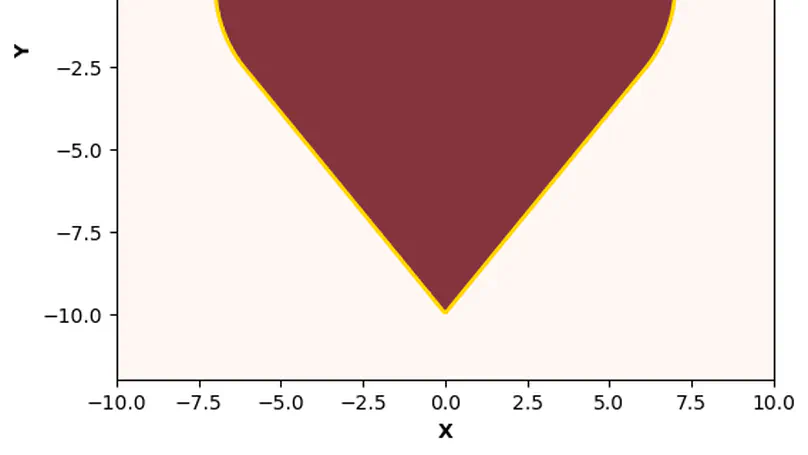Posts

In this notebook, we’ll implement a signed distance function for a heart shape using Python and visualize it using matplotlib.

In our previous explorations of Signed Distance Functions (SDFs), we unveiled their power in representing and manipulating geometric shapes. We also delved into the intricacies of SDFs for lines and rectangles. Now, let’s unlock the potential of Boolean operations on SDFs, enabling the creation of even more complex shapes.
In our previous exploration of Signed Distance Functions (SDFs), we demystified their role in representing and manipulating geometric shapes. Now, let’s delve deeper into the mathematical intricacies of SDFs, focusing specifically on lines and rectangles in 2D geometry.

In the realm of mathematics and computer graphics, signed distance functions (SDFs) play a pivotal role in representing and manipulating geometric shapes. Unlike traditional polygonal meshes, which store vertices and connectivity information, SDFs define shapes implicitly, offering a powerful and flexible approach to 3D modeling and simulation.